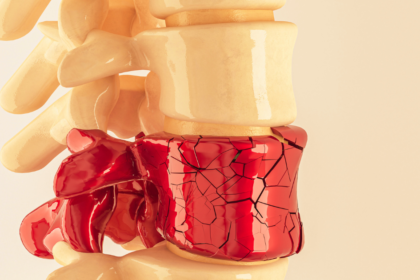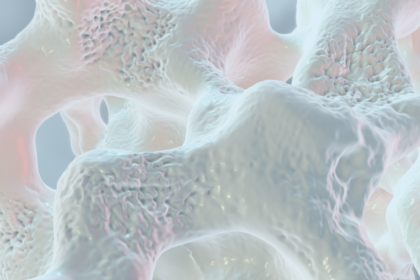At Live Well 50, we believe in healthy living through Lifestyle Medicine. The 4 pillars of lifestyle medicine revolve around nutrition, exercises, restorative sleep, and stress reduction. Prescription medications are used as needed after we have first optimized our lifestyle.
Bone basics
Bone is living tissue that is constantly being broken down and replaced. Our bones have many functions including providing a solid framework for muscles and tendons, white and red blood cells and platelets are made in the marrow, and bone serves as a deposit of minerals, mainly calcium and phosphorus.
Cells that makeup bones include:
- Osteoclasts: break down old, damaged bone
- Osteoblasts: build new bone
- Osteocytes: respond to mechanical stresses and either help to rebuild or reabsorb bone.
In an individual with osteoporosis, the action of the osteoclasts are greater than the action of the osteoblasts, resulting in a net loss of bone mass density.
Types of bones

Cortical or compact bone: The hard, outer layer that is very strong and durable. Think of it like a PVC pipe.
Trabecular bone: Much lighter, more spongy-like, and more flexible.
Although bones are made of both cortical and trabecular bone, they are found in different ratios in different parts of the body. The bones of the vertebral spine and distal forearm are mainly composed of trabecular bone, while the femoral neck is mainly cortical bone. Both cortical and trabecular bone contribute to the overall strength of the bone.
Coming up in the next blog: What is the role of estrogen and progesterone in healthy bone density.
Not on our email list? Join us today!




